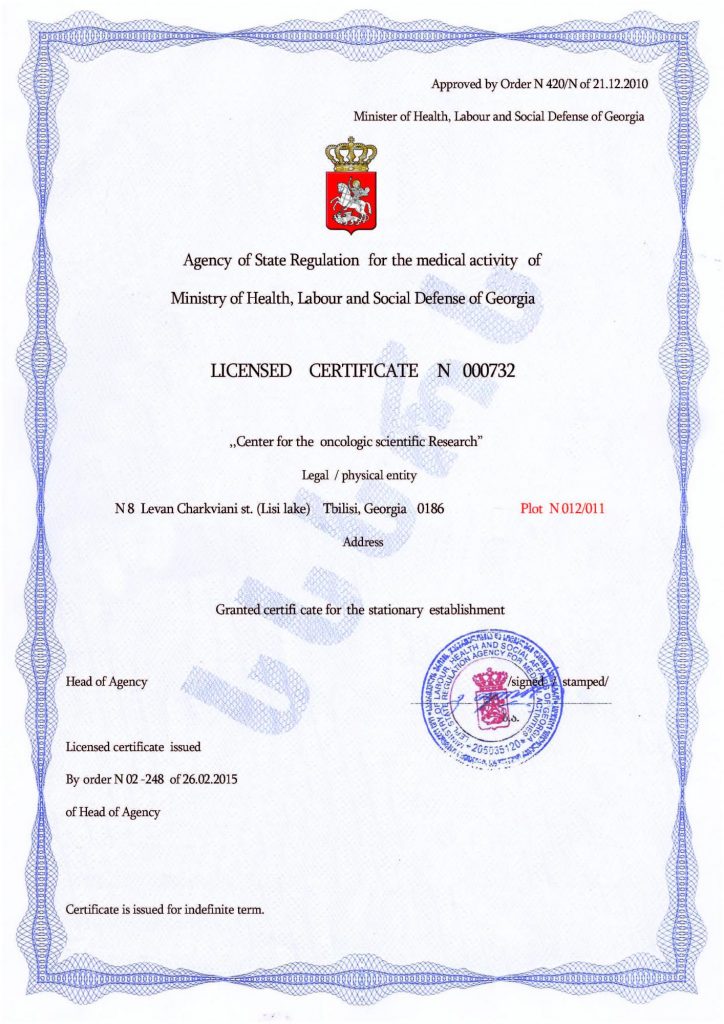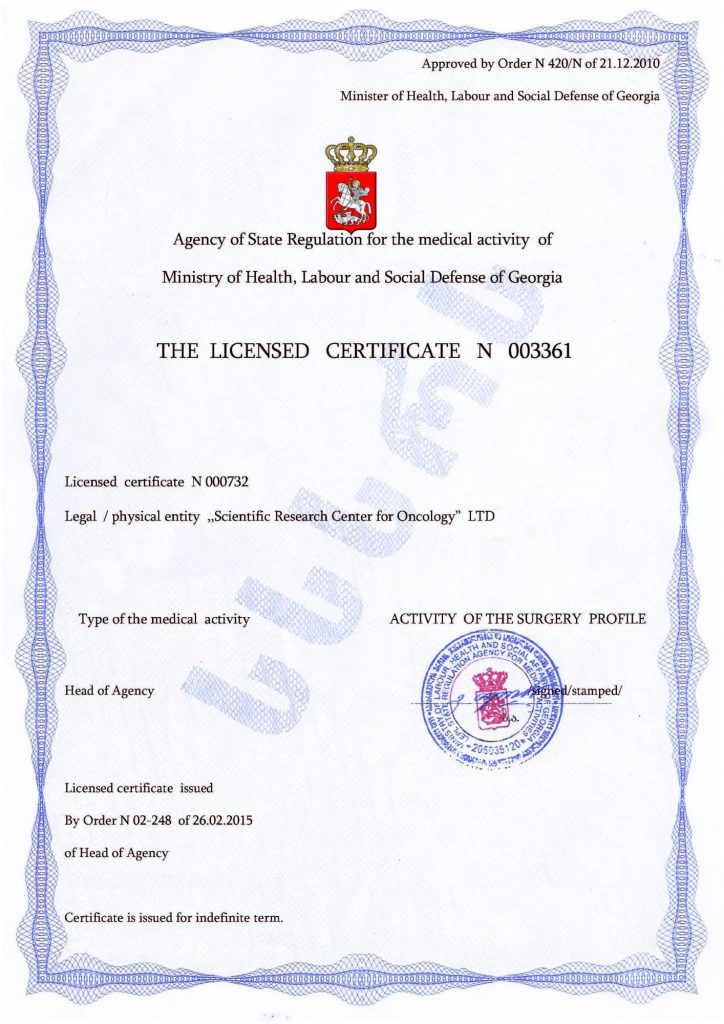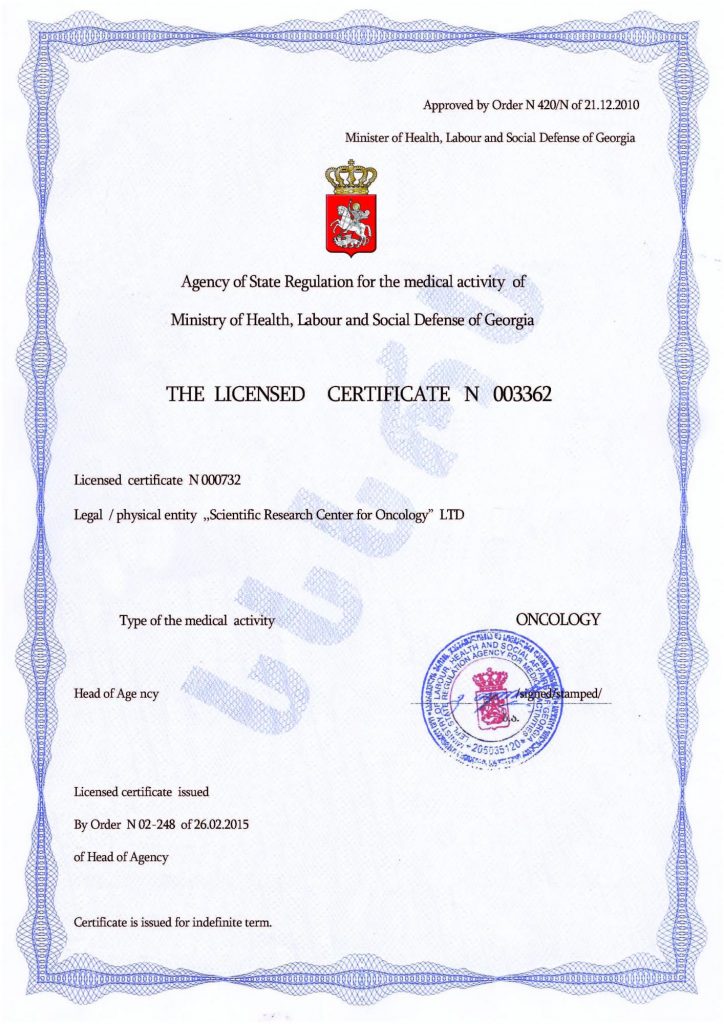Diagnosis of Autism in Pregnant Women
More and more information about prenatal diagnosis of autism has been reported over time online. Accordingly, a logical question arises: at what stage of pregnancy can autism be identified, and what is the accuracy of such diagnoses?
Previously, diagnosing autism in the womb was considered impossible because this pathology is exhibited in abnormalities in a child’s behaviour which only start to occur at the ages of 2-4 years; a child exhibits no physical changes. According to statistics, 1 in 100 newborns is autistic. As such, many pregnant women are recommended to undergo genetic screening.
However, it is important to understand that diagnosing autism in pregnant women is not performed at every clinic and is not necessary for all of expectant mothers. This can be done as an additional test to obtain further information about fetal development.
Tests that can identify autism during pregnancy:
- An ultrasound during the second trimester of pregnancy can show abnormally rapid growth of the brain and body. Children with insufficient body weight are most often diagnosed with enlarged cerebral ventricles and autism during this time.
- Genetic analysis of a pregnant woman examines genetic mutations in her body which may lead to a higher probability of development of mental disorders or other fetal pathologies.
Autism testing during pregnancy is recommended for those expectant mothers, as well as the child’s father, who have relatives with autism or other mental disorders. An early diagnosis will enable a child to start timely treatment and to prevent active development of future symptoms.
Is it possible to detect autism from within a mother’s womb? Yes, with high probability. Appropriate and timely measures will ensure a full, healthy future for a baby.
What can you do if an autism test during pregnancy suggests that ASD will develop?
Testing during pregnancy is not 100% accurate. But the majority of positive tests, unfortunately, are confirmed by the age of 2½-4 years. It s not possible to treat autism until this age, but the best thing you can do in this case is to save cord blood at the time of a baby’s birth.
The Mardaleishvili Medical Centre has his own cryobank and specializes in highly effective therapy of ASD using the regenerational capabilities of the human body.
This means that stored cord blood can be used for effective treatment of childhood autism spectrum disorder. It is suitable for children 3 years of age and older, as this early age provides the best opportunity to obtain the highest results from stem cell transplantation. It is important to note that stem cells are used to treat a wide variety of incurable pathologies: from ASD to oncology.
Cellular treatment for autism involve extraction of stem cells from umbilical cord blood. Once extracted, the cells will be multiplied in the laboratory, then suspended and injected into the spinal canal. From there, they pass into the brain and treat the areas damaged by autism. This therapy makes the symptoms disappear. This therapeutic effect can be maintained for life if supported by simple developmental exercises designed for autistic people.
Get an additional free online consultation about the correction of childhood autism with stem cells — contact staff of the Centre.
Autism Treatment Center Videos
Autism treatment with own stem cells
Cord blood association congress
International Quality Crown
Autism Treatment Reviews
Autism treatment with own stem cells
The story of Alessandro (6 years old)
Autism Patient Testimonial - Stem Cell Treatment
Clients Testimonials
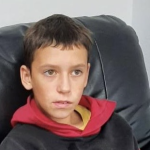
Feedback from Igor, David’s father (12 years old) Read More
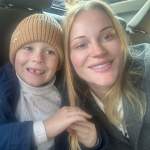
Feedback from Olga, Fedya’s mother Read More
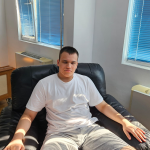
Feedback from Natalia, Radomir’s mother (15 years old) Read More
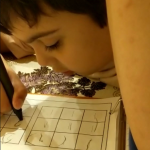
Feedback from Esther, Samuel’s mother (8 years old) Read More
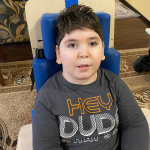
Feedback from Abibe, Selim’s mother (7 years old) Read More









